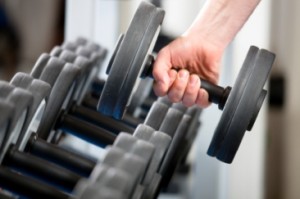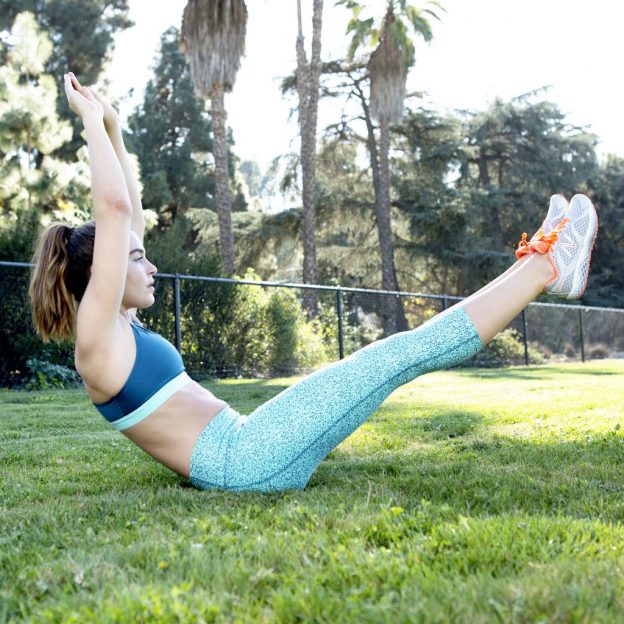
Many studies of Midwest Training Center have shown that maintaining or increasing muscular strength and endurance throughout the lifespan is important for preventing disease, maintaining health and preserving the ability to perform normal life activities.
While free weights and machines can certainly make your clients stronger, they often target muscles rather than movement. In addition, many free-weight and machine exercises, such as lat pull-downs and biceps curls, are open-chain exercises, which use only one joint as the resistance is moved away from or toward the body using freely movable limbs.
In contrast, most body-weight training exercises are closed-chain exercises, which use multiple joints as the resistance is moved away from or toward an anchored body part. Closed-chain exercises, which are more functional, result in greater motor unit activation and synchronization and better strength performance compared with open-chain exercises (Augustsson et al. 1998; Brindle et al. 2002).
By performing body-weight training exercises, your clients will not only look better; they will also learn how to train three-dimensional movement, acquire a greater kinesthetic awareness and become empowered as they perform tasks with their bodies. Moreover, body-weight exercises make your clients’ workouts portable, an added benefit for people who travel a lot or for those who have trouble motivating themselves to go to the gym.
9-Week Body-Weight Training Program
Training is the same for the first 2 weeks of each 3-week cycle, with the third week used for recovery and adaptation. Have your clients do these workouts 2-3 times per week. As clients progress, initially increase volume (# of reps with body weight), then decrease volume and increase intensity (by adding additional weight) and recovery period.
Weeks 1 and 2
- chin-ups: 2 x 10 reps with body weight (or weight-assisted machine), with 1-minute rest
- squats: 2 x 10 reps, with 1-minute rest
- push-ups: 2 x 8–10 reps, with 1-minute rest
Choose two exercises each workout from traditional crunches, V-sits, stability ball crunches, reverse crunches, twist crunches and medicine ball crunches: 2 x 20 reps for each, with 1-minute rest.
Week 3 (Recovery)
Same as above, using 66% of # of reps from weeks 1 and 2 for each exercise.
Weeks 4 and 5
- chin-ups: 2 x 15 reps with body weight (or weight-assisted machine), with 1-minute rest
- squats: 2 x 15 reps, with 1-minute rest
- push-ups: 2 x 12–15 reps, with 1-minute rest
Choose two exercises each workout from traditional crunches, V-sits, stability ball crunches, reverse crunches, twist crunches and medicine ball crunches: 2 x 30 reps for each, with 1-minute rest.
Week 6 (Recovery)
Same as above, using 66% of # of reps from weeks 4 and 5 for each exercise.
Weeks 7 and 8
- chin-ups: 2 x 10 reps with 105%–110% of body weight (or of weight lifted using weight-assisted machine), with 90-second rest
- squats: 2 x 10 reps with 105%–110% of body weight, with 90-second rest
- push-ups: 2 x 10 reps with 105%–110% of body weight, with 90-second rest
Choose two exercises each workout from traditional crunches, V-sits, stability ball crunches, reverse crunches, twist crunches and medicine ball crunches: 2 x 20 reps with 105%–110% of body weight for each, with 90-second rest.
 The idea of boosting your immunity is enticing, but the ability to do so has proved elusive for several reasons. The immune system is precisely that — a system, not a single entity. To function well, it requires balance and harmony. There is still much that researchers don’t know about the intricacies and interconnectedness of the immune response. For now, there are no scientifically proven direct links between lifestyle and enhanced immune function.
The idea of boosting your immunity is enticing, but the ability to do so has proved elusive for several reasons. The immune system is precisely that — a system, not a single entity. To function well, it requires balance and harmony. There is still much that researchers don’t know about the intricacies and interconnectedness of the immune response. For now, there are no scientifically proven direct links between lifestyle and enhanced immune function.



